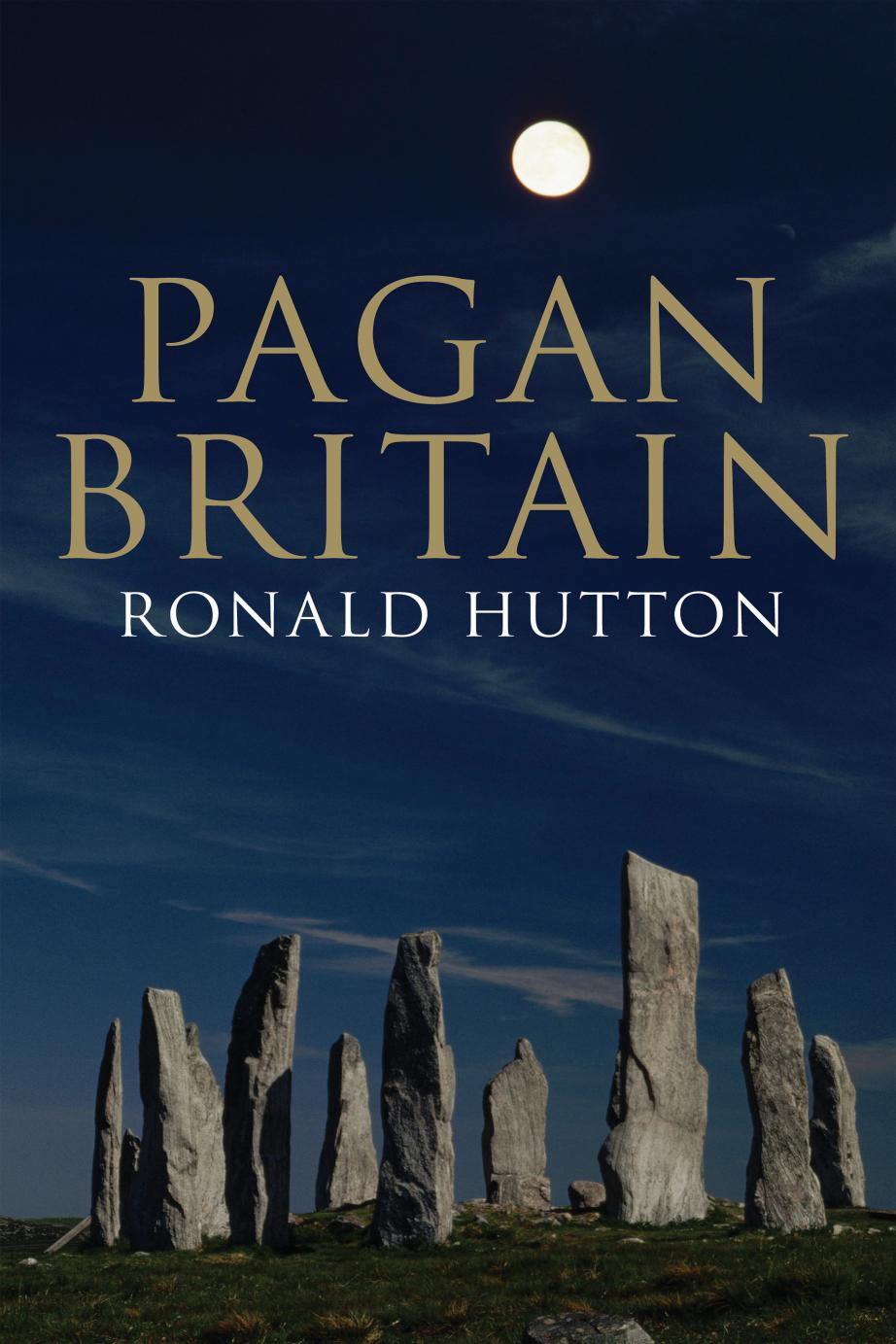Pagan Britain by Ronald Hutton

Author:Ronald Hutton
Language: eng
Format: epub, pdf
ISBN: 9780300197716
Publisher: Yale University Press
79 Two groups of Romano-British burial mounds:
(a) The largest, in original number of mounds and in their height, the Bartlow Hills. This is the southernmost, with the next one adjoining it to the left.
(b) A pair of more usual size but still colossal by the standards of prehistoric round barrows, in a meadow above Thornborough Bridge, Buckinghamshire.
Grave goods – found with both cremations and inhumations – provide a similarly provocative and tantalizing set of possible suggestions. Those most frequently deposited were lamps (perhaps to light the tomb for the dead on their way to the next world); food vessels (either to nourish the deceased or as offerings for guardian spirits or deities, or as the containers for the funeral feast, contaminated by the act beyond reuse); keys (perhaps to open ghostly doors); stones and pebbles (possibly good-luck charms); animals’ teeth (which could be the same); coins in the mouth or hand of the corpse (which would, if following Mediterranean precedent, be to pay the ferryman of the dead to transport the spirit into the next world); and hobnailed boots (suggesting that the deceased was expected to go on a long walk into that world). The only category of these objects which had Iron Age precedents in Britain were the pots. The sheer variety of grave goods seems to bear out what Greek and Roman literature infers: that the peoples of the empire had a great diversity of opinions concerning the fate of the dead, even within the same ethnic and cultural groups. It was particularly uncertain whether the spirits of the departed remained near their bodies, or passed away from them. The combination of material placed in graves was as individual as the choice of objects itself: there were sixty different such assemblages placed with eighty-nine burials surveyed in a study of cremation cemeteries in Essex, London and Kent. It should also be emphasized that most burials had no goods at all, so that coins – among the most fashionable of objects to place in graves – were found with only 2 per cent of the bodies excavated in a large cemetery at Chichester.93 As in the case of other kinds of ritualized behaviour, burial customs were often highly individual and even idiosyncratic. One man who died in what is now Kent was cremated sitting in a chair with a cockerel in his lap, perhaps as a gift to Mercury, or as a meal, or to wake him up when the time came to start his journey. Five wine jars were then smashed around the charred remains, as libations to deities, provision for the next world or just the remains of an impressive wake, and the Holborough round barrow was built over the site.94
Some unusual kinds of burial strike a modern observer as sinister. Also in Kent, one cremation urn was sealed with cement, while another was packed with sharp flints: both acts could have been to confine the dead or to protect them.95 Beheaded bodies are quite common in
Download
This site does not store any files on its server. We only index and link to content provided by other sites. Please contact the content providers to delete copyright contents if any and email us, we'll remove relevant links or contents immediately.
| Africa | Americas |
| Arctic & Antarctica | Asia |
| Australia & Oceania | Europe |
| Middle East | Russia |
| United States | World |
| Ancient Civilizations | Military |
| Historical Study & Educational Resources |
The Daily Stoic by Holiday Ryan & Hanselman Stephen(2703)
The Fate of Rome: Climate, Disease, and the End of an Empire (The Princeton History of the Ancient World) by Kyle Harper(2431)
People of the Earth: An Introduction to World Prehistory by Dr. Brian Fagan & Nadia Durrani(2345)
Ancient Worlds by Michael Scott(2098)
Babylon's Ark by Lawrence Anthony(2066)
Foreign Devils on the Silk Road: The Search for the Lost Treasures of Central Asia by Peter Hopkirk(2053)
India's Ancient Past by R.S. Sharma(1982)
MOSES THE EGYPTIAN by Jan Assmann(1968)
The Complete Dead Sea Scrolls in English (7th Edition) (Penguin Classics) by Geza Vermes(1837)
Lost Technologies of Ancient Egypt by Christopher Dunn(1796)
The Daily Stoic by Ryan Holiday & Stephen Hanselman(1764)
The Earth Chronicles Handbook by Zecharia Sitchin(1742)
24 Hours in Ancient Rome by Philip Matyszak(1675)
Alexander the Great by Philip Freeman(1643)
Aztec by Gary Jennings(1541)
The Nine Waves of Creation by Carl Johan Calleman(1518)
Curse Tablets and Binding Spells from the Ancient World by Gager John G.;(1509)
Before Atlantis by Frank Joseph(1481)
Earthmare: The Lost Book of Wars by Cergat(1465)
